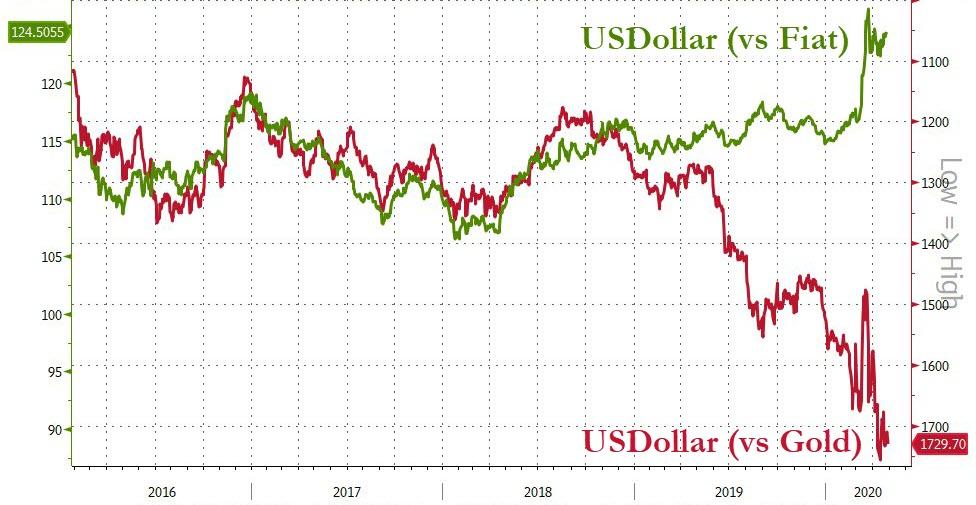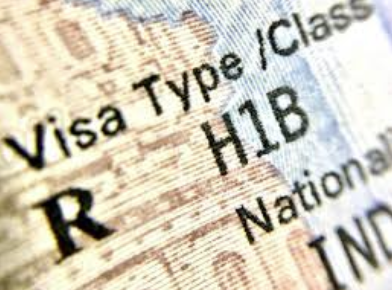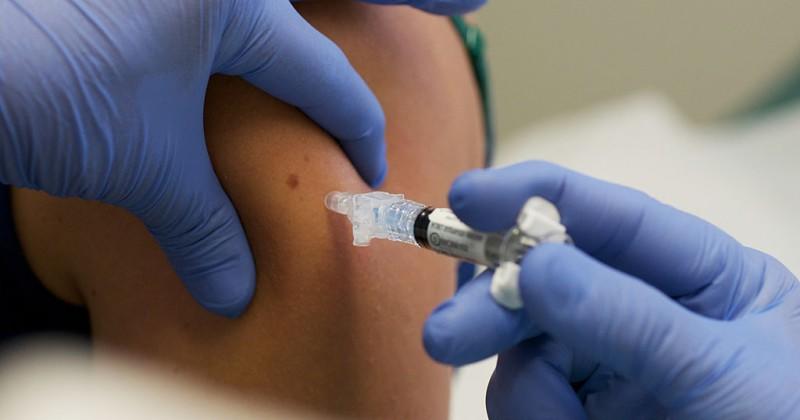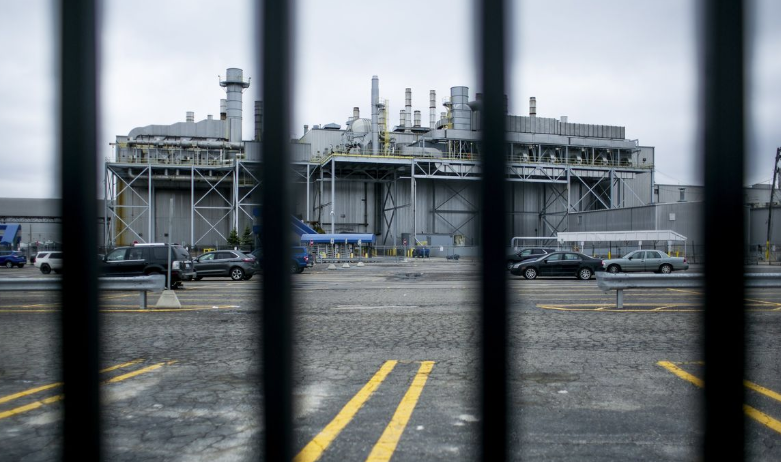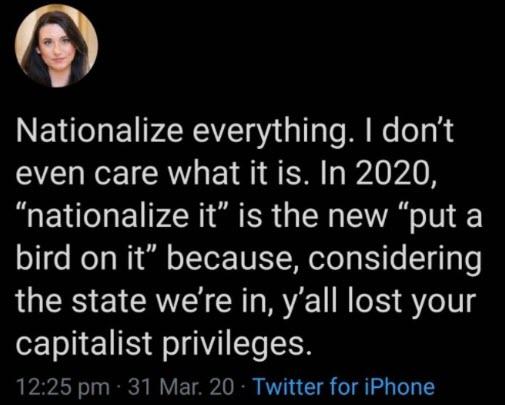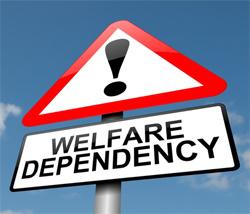“It’s A Weapon For The US” – China Official Renews Calls To Dethrone The Dollar
Last year, we reported extensively on a push toward de-dollarization by countries like Russia and China and their desire to undermine the ability of the US to weaponize the dollar as a foreign policy tool. Europe was even starting to push to dethrone the dollar as the reserve currency.
With the Federal Reserve running the dollar printing press at full speed and the US government expanding the national debt into the stratosphere, there are renewed calls for a currency to replace the dollar as the world reserve.
This week, Shanghai Gold Exchange (SGE) President Wang Zhenying called for a new super-sovereign currency to replace the greenback.
Concern has mounted among some market participants over the dollar-denominated system as the US Federal Reserve cut interest rates to near-zero and embarked on unlimited quantitative easing to contain the economic damage of the coronavirus pandemic.”
Wang said that the Fed’s monetary policy in response to COVID-19 would eventually tank the dollar even though the current crisis has triggered a scramble for greenbacks.
When the Fed turns on the liquidity tap, the US dollar will, in theory, be in a long-term depreciatory trend.”
Peter Schiff has been predicting that the dollar is going to tank for quite some time. It’s a matter of when, not if. As the coronavirus crisis began to unfold and the Fed fired up the printing press, Peter said that with the central bank and government response to the coronavirus, hyperinflation has gone from being the worst-case scenario to the most likely scenario.
Peter has also said he thinks people will eventually start dumping dollars.
Nobody can hold dollars. Nobody can hold any bonds denominated in dollars. This is now like a game of musical chairs where nobody wants to get caught with dollars when the music stops playing.”
Wang not only expressed concern about the long-term stability of the dollar; he also echoed an oft-repeated criticism of the US controlling the reserve currency. America uses the privilege as a foreign policy tool. For instance, in 2014 and 2015, the blocked several Russian banks from SWIFT as relations between the two countries deteriorated. Last fall, the US threatened to lock China out of the dollar system if it didn’t follow UN sanctions on North Korea. Wang said this needs to end.
It is a weapon for the US, but a source of insecurity for other countries. The currency the world ultimately chooses for global trade must not be one that gives someone privilege, while exposing others to insecurity.”
A gold standard that prevented central banks from manipulating the money supply would be ideal. Peter has said that the US went off the gold standard in 1971, but he thinks the world is going to go back on it.
The days where the dollar is the reserve currency are numbered and we’re going back to basics. You know, everything old is new again. Gold was money in the past and it will be money again in the future.”
Regardless of what form it takes, it seems likely that efforts to push the dollar off its perch will only increase. The powers that be in America should be concerned about their currencies future as the world reserve. And Americans should be concerned about the future purchasing power of their dollars.
Tyler Durden
Wed, 04/29/2020 – 19:45
via ZeroHedge News https://ift.tt/3aQGgYa Tyler Durden

